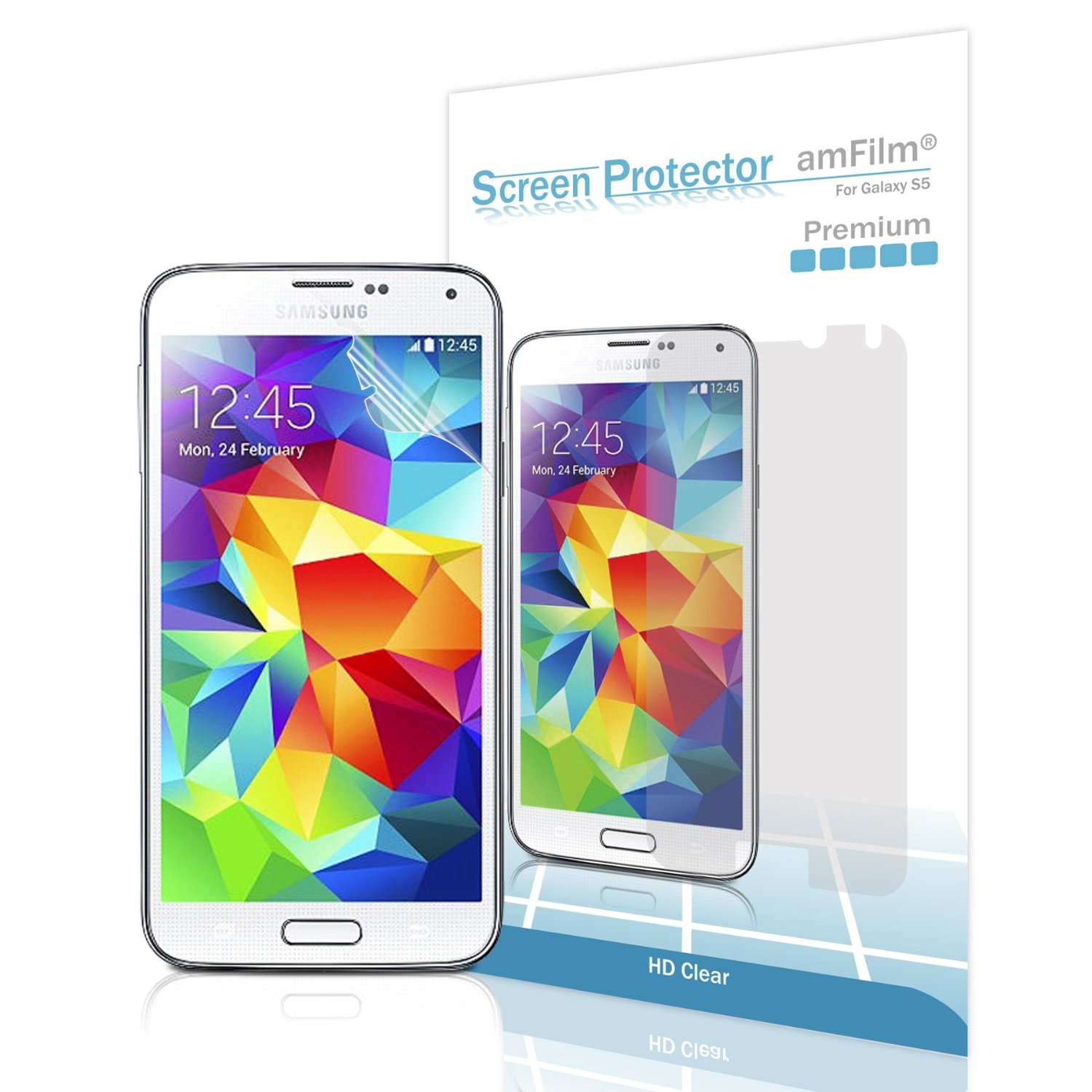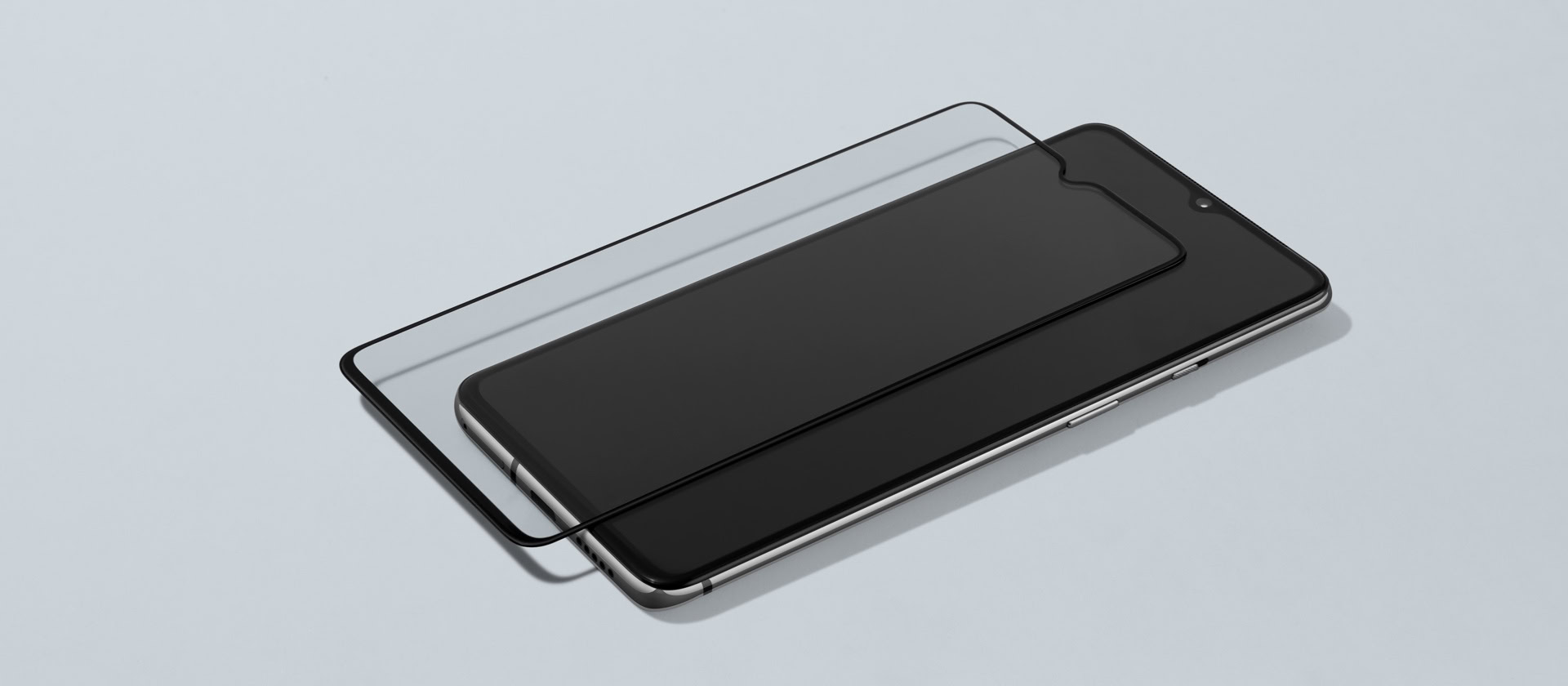Affiliate links on Android Authority may earn us a commission. Learn more.
How to put a screen protector on your smartphone
Screen protectors guard smartphones against micro-scratches and minor drops. In conjunction with a good smartphone case, film and tempered glass screen protectors can prolong the life of your device. Let’s go over how to apply a screen protector on your smartphone.
Read more: The best Samsung Galaxy S22 Ultra screen protectors
QUICK ANSWER
To apply a screen protector, wash your hands > turn off your phone > take it to a well-lit space with no dust > clean the screen > lay down the screen protector. Once the screen protector has been placed, use a credit card to smooth out all air bubbles.
JUMP TO KEY SECTIONS
Before getting started, we must distinguish between the different types of screen protectors on the market.
Film screen protectors are lightweight and typically made of either TPU or PET plastic. They are great for protecting against micro-scratches, but due to their thinness and malleability, they offer very little drop protection.
Glass screen protectors are heavier and made of either tempered glass or sapphire. Unlike film screen protectors, glass ones don’t bend. They are popular and effective because, post-application, they don’t feel plasticky to the touch. They replicate the look and feel of the screen’s original glass — and touch accuracy is typically very good.
How to apply a film screen protector

Film screen protectors are made of plastic. As their name implies, they are a thin film over the top of your phone screen that will protect it from scratches. Here’s how to apply one:
- Wash your hands to remove as much oil as possible — or wear thin rubber gloves.
- Turn off your phone and take it to a low-dust space with plenty of bright light.
- Under direct light, prepare your screen for the application.
- Clean the screen with an alcohol wipe (or a microfibre cloth with eyeglass cleaner). Make sure all smudges are removed.
- After wiping down the screen, once it’s dry, remove any remaining dust particles. You can do this with scotch tape (or, if your screen protector came with it, the “dust absorbing” sticker).
- Line up the screen protector with the backing still on.
- Once it’s positioned correctly, remove the backing and apply the screen protector.
- Tip #1: Only peel one edge first. Stick that exposed part on your phone screen, then gradually peel the rest off as you lay it down.
- Tip #2: Try not to touch the backside of the film screen protector too much. If too much dust or oil gets on the sticky side, it will result in a pretty visually frustrating experience whenever you use your phone.
- Finally, remove any remaining air bubbles. Take a plastic card (like a credit card) and gently smooth out the screen protector. You want to work from the middle out, pushing the air bubbles out toward the edges.
How to apply a tempered glass screen protector

Tempered glass screen protectors are harder, more rigid, and a little heavier than film screen protectors. That said, they feel much more premium to the touch, replicating the original glass of your phone. Here’s how to apply one:
- Wash your hands to remove as much oil as possible — or wear thin rubber gloves.
- Turn off your phone and take it to a low-dust space with plenty of bright light.
- Under direct light, prepare your screen for the application.
- Clean the screen with an alcohol wipe (or a microfibre cloth with eyeglass cleaner). Make sure all smudges are removed.
- After wiping down the screen, once it’s dry, remove any remaining dust particles. This can be done with scotch tape (or, if your screen protector came with it, the “dust absorbing” sticker).
- Line up the screen protector with the backing still on.
- Once it’s positioned correctly, remove the backing and apply the screen protector.
- Tip #1: Get in close! You want to keep a very close eye on the screen to make sure that no dust particles float down as you’re applying the screen protector. Remove the entire backing at once, line it up, and stick it down in one go.
- Tip #2: Try not to touch the backside of the tempered glass screen protector too much. You don’t want any dust or oil on the sticky side of the screen protector.
- Finally, remove any remaining air bubbles. Take a plastic card (like a credit card) and gently smooth out the screen protector. You want to work from the middle out, pushing the air bubbles out toward the edges.
Film vs tempered glass: What is the best screen protector?
As you may have noticed, the application of both screen protectors is nearly identical. Both serve the same purpose: protecting your phone screen from damage.
- You don't want a plasticky look and feel to the front of your phone and prefer the smoothness of glass.
- You can stand a little extra weight to your device.
- You can stand having to tap the in-display fingerprint reader a few times (as screen protectors can often impede direct readings).
- You need something a bit more durable than plastic.
- You don't mind the plasticky feel and just want something thin to cover your screen. TPU feels a bit more rubbery than PET.
- You can stand having to tap the in-display fingerprint reader a few times (as screen protectors can often impede direct readings).
- The "self-healing" abilities of TPU are a deal-breaker for you.
At the end of the day, you must decide whether having a screen protector at all is worth it. What kind of glass does your phone use on the front? Gorilla Glass Victus, for example, shouldn’t need a screen protector as the scratch resistance is already excellent.
If you need a screen protector, tempered glass screen protectors are inexpensive and effective. They do a great job of preventing scratches and feel great in daily use.